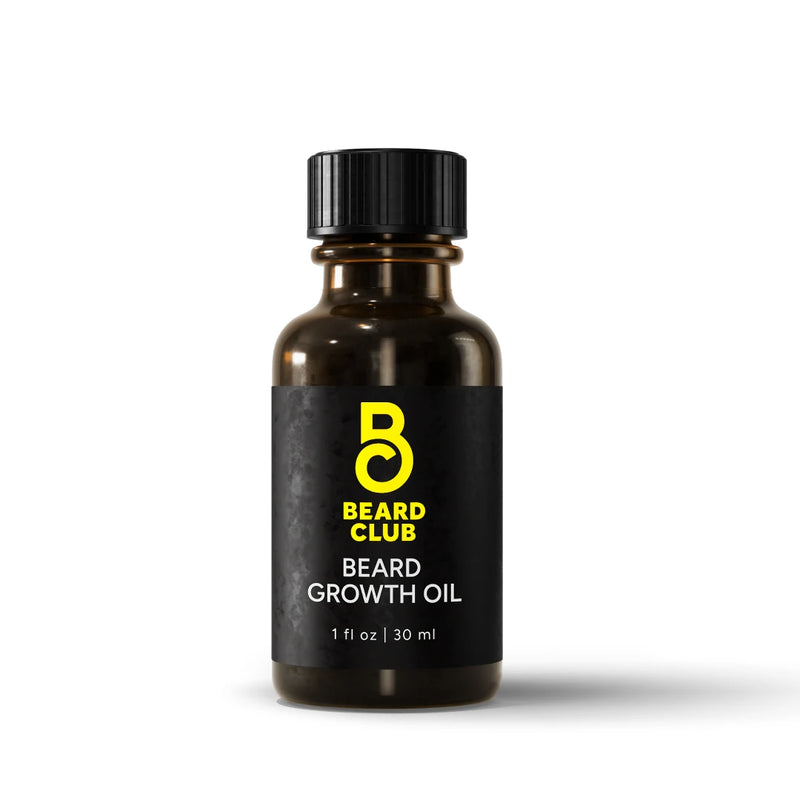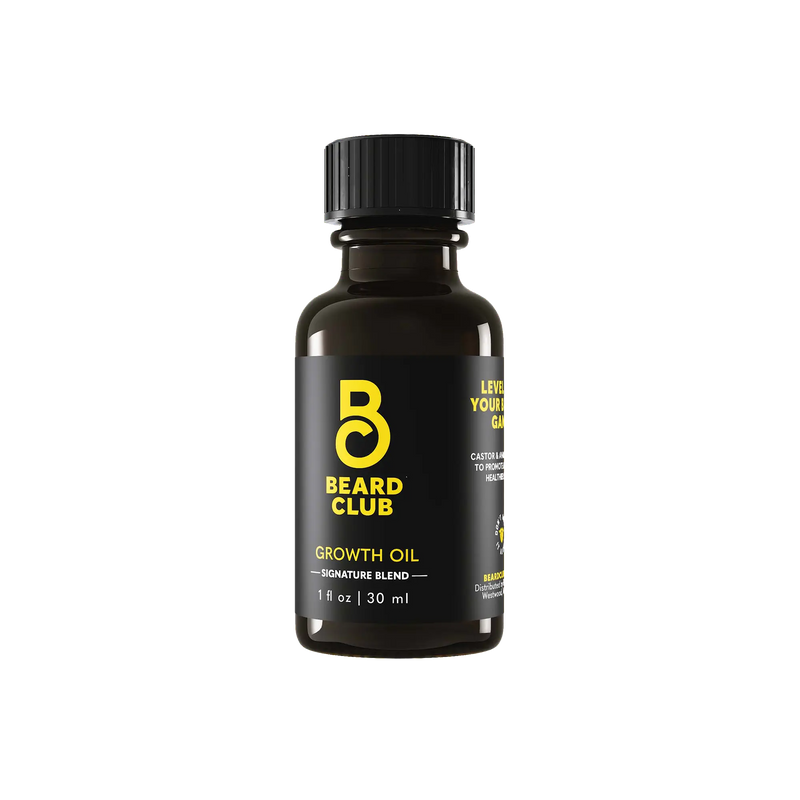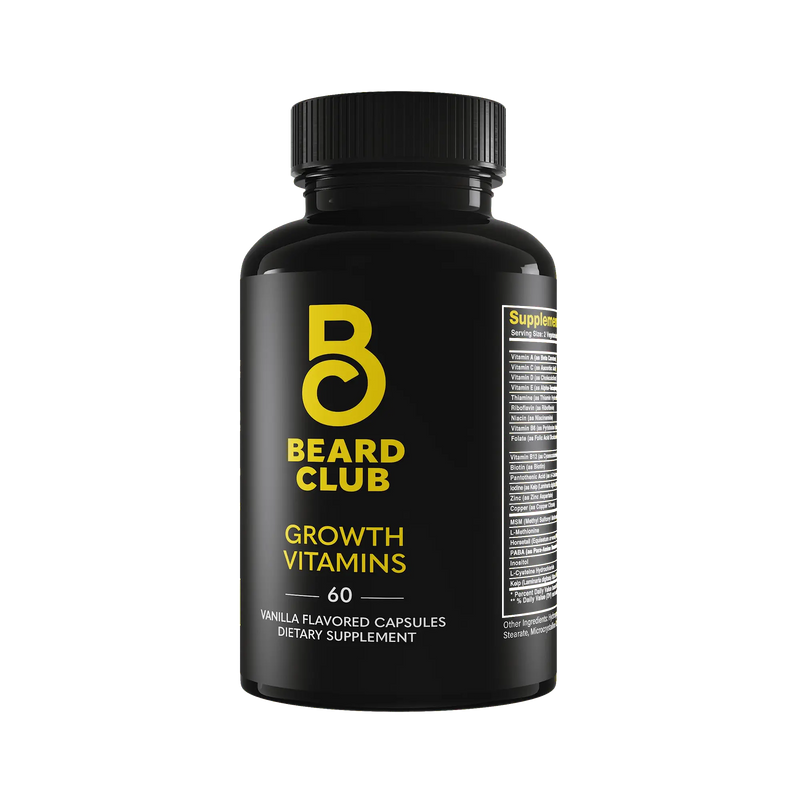Dutch Beard Guide: Perfecting the Old Dutch Beard Style
Beards have always been a statement of masculinity and style, but few styles have the historical weight and bold aesthetic of the Old Dutch beard. Rooted in the tradition of Dutch farmers and tradesmen, this look has evolved into a modern choice for men who want to make a lasting impression.
The Old Dutch beard is all about fullness and length, with a squared-off bottom and clean-shaven upper lip. It commands attention, combining historical flair with contemporary grooming techniques.
In this guide, we’ll explore the origins of the Old Dutch beard, how to grow and shape it, grooming tips to keep it looking sharp, and styling ideas to make it your own.
What Is the Old Dutch Beard?
The Old Dutch beard is characterized by its thick, long, and full appearance. Unlike many other beard styles, it requires a clean-shaven upper lip, allowing the beard to take center stage. The bottom is typically squared off, giving you a bold and boxy look.
What Are the Key Features of the Old Dutch Beard?
The Old Dutch beard is an excellent choice for men who want to showcase their beard-growing prowess and prefer a unique, old-school aesthetic:
- Fullness: The beard is thick and dense, covering the entire jawline and chin.
- Length: While not excessively long, the Old Dutch beard typically extends several inches below the chin.
- No Mustache: The upper lip is clean-shaven, creating a distinct separation between the beard and mouth.
- Squared Bottom: The beard’s lower edge is shaped into a square or rectangle, adding structure to the style.
What Is the History of the Old Dutch Beard?
The Old Dutch beard dates back to the 19th century among Dutch farmers and tradesmen. It was practical for its time, offering some protection against cold weather while maintaining a clean-shaven upper lip for comfort while eating and drinking.
Over time, the Old Dutch beard became associated with strength, resilience, and hardworking men. It has since been adopted by modern beard enthusiasts who appreciate its bold, vintage vibe.
Today, the Old Dutch beard stands out as a powerful symbol of individuality and confidence, perfect for those who want to channel a bit of history in their style.
How To Grow an Old Dutch Beard
Achieving the perfect Old Dutch beard requires patience, commitment, and a solid growth strategy. Here’s how to get started:
Let It Grow
Commit to growing your beard for at least three to four months without trimming too much. This style requires substantial length and density, so give your facial hair time to fill in.
To promote healthy beard growth, focus on eating a balanced diet rich in proteins, vitamins, and minerals — foods like eggs, nuts, spinach, and salmon are particularly beneficial.
Shave the Mustache
A defining feature of the Old Dutch beard is the absence of a mustache. Once your beard starts to grow in, keep your upper lip clean-shaven to emphasize the beard’s distinctiveness.
Define the Shape
Allow your beard to grow along the jawline and chin while avoiding trimming the edges too early. This ensures you have enough length and thickness to work with when shaping it later.
Be Patient
It’s normal to encounter uneven growth or patchiness during the early stages. Stick with it and focus on grooming to encourage even growth over time.
How To Shape and Perfect an Old Dutch Beard
Once your beard has grown to the desired length and thickness, it’s time to shape it into the iconic Old Dutch style.
To shape your Old Dutch beard, you’ll need to have a few things on hand:
- Beard trimmer with adjustable guards
- Beard scissors for precision trimming
- Beard comb to detangle and guide the hair
- Straight razor or electric shaver for the upper lip and cheek areas
1. Shape the Bottom Edge
Use your trimmer or scissors to create a squared-off bottom edge. This is the hallmark of the Old Dutch beard and should be carefully crafted for symmetry.
2. Trim the Sides
While the Old Dutch beard is full and thick, the sides should be slightly tapered to avoid a puffed-out appearance. Trim the sides just enough to maintain a clean and intentional shape.
3. Shave the Upper Lip and Cheeks
Keep the upper lip entirely clean-shaven to highlight the beard’s boldness. Your cheeks should also be shaved to create a clear distinction between the beard and your skin.
4. Refine the Edges
Use a razor or shaver to clean up stray hairs around the neckline and cheeklines. The goal is to keep people’s focus on the beard itself.
What Are Other Grooming Tips for an Old Dutch Beard?

Maintaining an Old Dutch beard requires regular grooming to keep it looking sharp and healthy. Here are some essential tips:
Wash and Condition Regularly
Use a beard shampoo and conditioner to keep it clean and soft. Regular washing removes dirt, sweat, and excess oils, while conditioning helps prevent dryness and itchiness.
Moisturize Daily
Apply beard balm daily to hydrate your hair and skin. This prevents dryness, reduces frizz, and keeps your beard manageable.
Brush or Comb
Use a beard brush or pick to detangle your facial hair and distribute your natural oils evenly. This also helps train your beard to grow in the desired direction.
Don’t Forget To Trim
Schedule regular trims to maintain the shape of your Old Dutch beard. Even if you’re growing it longer, trimming stray hairs ensures a neat appearance.
Protect Against Damage
Avoid overexposure to the sun or harsh weather, which can dry out your beard. Consider using a beard balm or protectant spray with SPF for added coverage.
Is the Old Dutch Beard Right for You?
While the Old Dutch beard is undeniably stylish, it’s not for everyone. Here are some factors to consider:
Face Shape
The Old Dutch beard is best for men with oval, square, or rectangular faces. Its fullness and length can balance strong jawlines or add structure to softer features.
Commitment Level
Growing and maintaining an Old Dutch beard requires patience and consistent grooming. Make sure you’re ready to commit to a beard care routine before embarking on the journey.
Personal Style
This beard is bold and distinctive, making it ideal for men who want to stand out. If you prefer subtle grooming, consider a less dramatic style.
What Famous Figures Have Rocked an Old Dutch Beard?
Several historical and fictional characters have sported the Old Dutch beard, adding to its iconic status.
Some notable examples include:
- Amish Community Leaders: Known for their traditional Old Dutch beards, Amish men exemplify the timeless nature of this style.
- Paul Bunyan: The legendary lumberjack is often depicted with a thick, full beard reminiscent of the Old Dutch style.
- Pop Culture Vikings: While not strictly historical, Viking-inspired characters in movies and TV often sport variations of the Old Dutch beard.
Sport an Old Dutch Beard With The Beard Club
The Old Dutch beard can express your individuality, history, and confidence. Whether you’re drawn to its vintage charm or bold appeal, mastering this style takes time and dedication.
Following the tips in this guide, you can grow, shape, and maintain an Old Dutch beard that’s uniquely yours. Grab your grooming tools, channel your inner Dutchman, and let your beard do the talking.
Looking to elevate your grooming game? Check out the premium beard products from The Beard Club to keep your Old Dutch beard looking its best.
Sources:
Evolution of Facial Hair Over the Past 200 Years | Business Insider
Health Effects of Overexposure to the Sun | EPA
How to moisturize your skin | Harvard Health
How to Find Your Face Shape in 3 Simple Steps - 2024 | MasterClass




















